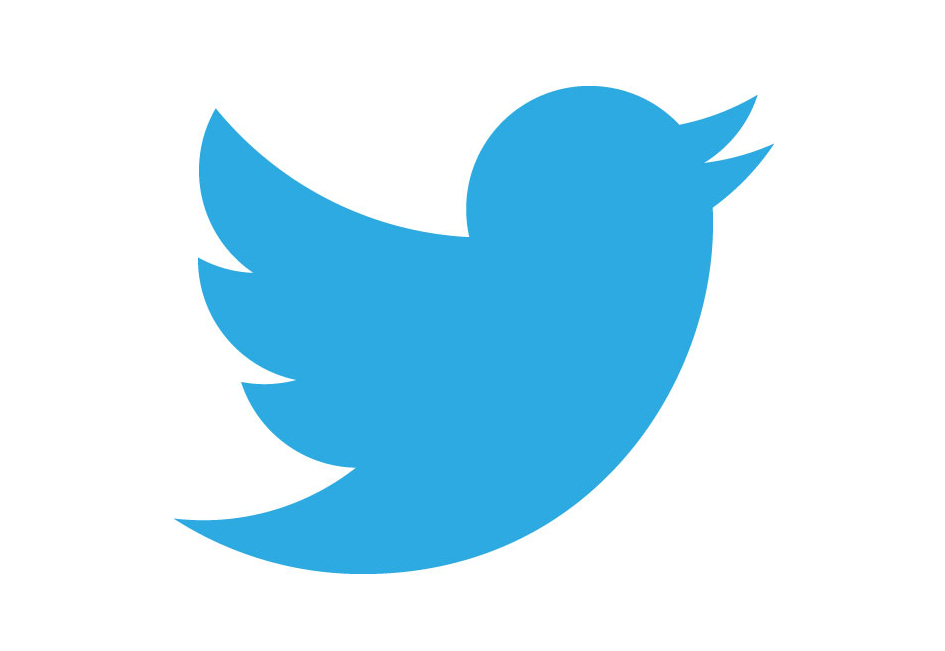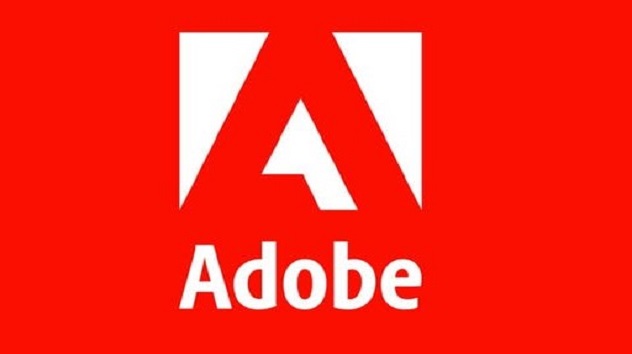E-Business
Twitter to Raise $1.4Bnfrom Stock Market Listing

Twitter has confirmed that it plans to raise around US$1.44 billion from its forthcoming stock market listing.
In an update to to potential investors, the microblogging website said that it plans to sell 70 million shares priced between $17 and $20 per share.
That offering represents 13 percent of its shares, and values the company at up to US$11 billion — assuming that all the shares are sold. However, the price is below some expectations, indicating that the company may be taking a more conservative view in order to avoid the sort of shareprice slump that affected Facebook after its listing.
Twitter’s listing on the New York Stock Exchange will make it the largest internet company to file for an IPO since Facebook.
In the filing, Twitter said that it intends to use the net proceeds from the IPO for general corporate purposes, including working capital, operating expenses and capital expenditures. They also may use a portion of the net proceeds to satisfy anticipated tax withholding and remittance obligations.
Although acquisitions are not ruled out, it said that there are no talks with any companies at the moment. On the topic of acquisitions, in the risks listed by Twitter is that companies it works with today on could themselves be bought by a rival.
It cited the example of Instagram, which was bought by Facebook and later disabled the photo integration with Twitter such that Instagram photos are no longer viewable within Tweets.
The company says that it now has over 230 million monthly users, and they send around 500 million messages per day. It has however still reported a loss, of US$69 million on revenues of US$254 million for the first six months of this year. In the three months ended September 30, 2013, over 70% of the company’s advertising revenue was generated from mobile devices.
Revenues are rising fast though as the company puts more effort into generating advertising revenues, with some analysts expecting sales to have doubled year-on-year by the end of this year.
The company did warn though that customer growth rates are expected to slow in the future, partially as it reaches the limit of how many people would actually want to use the service.
The company’s shares are expected to start trading on November 7.
E-Business
OpenAI CEO Rejects $97.4Bn Takeover Bid from Elon Musk

Sam Altman, chief executive of ChatGPT-owner OpenAI, has firmly declared the company “not for sale” following a $97.4bn (£78.4bn) takeover bid from a consortium led by Elon Musk.

Elon Musk
Speaking at the AI Action Summit in Paris, Altman emphasised OpenAI’s mission to develop AGI (artificial general intelligence) for the benefit of humanity.
Marc Toberoff, attorney for Elon Musk, confirmed the bid submission on Monday.
In response, Altman humorously offered to buy Twitter for $9.74 billion on Musk’s platform.
Unlike many tech giants, OpenAI is not publicly traded but operates through a complex partnership between non-profit and for-profit entities.
Musk aims to return OpenAI to its non-profit roots, despite owning a rival firm, xAI.
Christie Pitts, a tech investor, expressed scepticism about Musk’s intentions, noting his competitive interests.
Altman echoed this sentiment, suggesting Musk’s move disregards OpenAI’s mission.
Altman, who holds no stock in OpenAI, advocates transforming the organisation into a fully for-profit company to raise more funds for AI research.
Although the board has the final say, the $97.4bn offer falls short of OpenAI’s previous $157bn valuation and rumoured $300bn in future funding talks.
Toberoff stated the consortium might increase their bid. Meanwhile, OpenAI is collaborating with Oracle, a Japanese investment firm, and an Emirati sovereign wealth fund on “The Stargate Project,” a $500 billion AI infrastructure initiative announced by President Donald Trump.
E-Business
Adobe Launches AI Video Tool to Compete with OpenAI

Adobe yesterday released the first public version of an artificial intelligence tool that can generate video clips and revealed how much it will charge, but said it will not set pricing for major users such as studios until later this year.

The Firefly Video Model, as Adobe is calling the service, will compete against Sora, a model developed by ChatGPT creator OpenAI, and startup Runway, both of which currently offer video-generation services. Facebook owner Meta Platforms has also developed a video-generation AI model but has not given a timeline for when it will be released.
Adobe’s model differs from its rivals because it is geared toward generating clips that will fit into how film and television studios use Premiere Pro, its flagship video editing software.
To that end, many of the features that Adobe is emphasizing revolve around feeding existing shots into the video model and asking it to generate clips that fix or expand on shots that were taken on a real production set but that did not come out quite right.
Adobe said the service will generate five-second clips at 1080p resolution. While that is shorter than the clips of up to 20 seconds generated by OpenAI’s service, Adobe executives said the majority of individual clips in most productions are only three seconds.
Adobe said a user can generate 20 clips per month for $9.99 and 70 clips for $29.99. That compares with 50 videos for $20 per month with OpenAI’s plan at lower resolution and a $200 OpenAI plan that can handle longer, higher resolution videos.
Adobe is also working on a “Premium” pricing plan for studios and other high-volume video users and will release those pricing details later this year. Alexandru Costin, Adobe’s vice president of generative AI, said the company is working to generate 4K video and will remain focused on quality rather than longer clips.
“We actually think that great motion, great structure, great definition scheme, making the actual clip look like it was film, is more important than making a longer clip that’s unusable,” Costin told Reuters.
E-Business
GSMA Launches Innovation Fund to Boost AI Solutions in Emerging Markets

GSMA Innovation Fund for Impactful AI has been unveiled, marking a significant initiative aimed at empowering small and growing enterprises in low-and middle-income countries (LMICs) across Africa, South Asia, Southeast Asia, and the Pacific.

This fund is designed to foster AI-driven innovations that tackle critical socio-economic and climate challenges, helping underserved regions unlock the transformative potential of artificial intelligence.
Artificial intelligence has proven its ability to address pressing global issues, from precision agriculture and renewable energy to remote healthcare and financial inclusion.
Yet, LMICs remain underserved in funding and resources, with only a small percentage of global grants directed toward locally-developed AI solutions.
Despite the growth of AI-driven technologies, these advancements are often not tailored to the unique needs of local populations in LMICs.
The GSMA Innovation Fund seeks to close this gap by identifying, testing, and scaling impactful AI solutions that are contextually relevant and capable of delivering measurable socio-economic and climate benefits.
In partnership with the UK Foreign, Commonwealth, and Development Office (FCDO), the GSMA Innovation Fund provides a comprehensive support package to selected enterprises. Key benefits include:
Grant Funding: Ranging from £100,000 to £250,000 for projects lasting 15–18 months.
Tailored Venture Support: Guidance to strengthen business models and improve scalability.
Partnership Opportunities: Facilitation of collaborations with mobile operators, public sector organizations, and other stakeholders.
Peer Learning: Platforms for exchanging knowledge and best practices with other innovators.
Visibility and Exposure: Access to GSMA’s global events, publications, and online platforms to connect with potential investors and partners.

 E-Financial2 days ago
E-Financial2 days agoCustomers File Class Action Suits against Access and Zenith Banks

 E-Business2 days ago
E-Business2 days agoGSMA Launches Innovation Fund to Boost AI Solutions in Emerging Markets

 E-Business2 days ago
E-Business2 days agoTemu Celebrates 100 Days in Nigeria with Deals and Growing Fan Base

 Telecom2 days ago
Telecom2 days agoVitel Wireless Makes History as First MVNO to Get Mobile Number Series

 E-Financial2 days ago
E-Financial2 days agoFidelity Bank Gets Shareholders’ Approval to Increase Share Capital

 E-Business2 days ago
E-Business2 days agoGoogle Messages to Enable WhatsApp Video Calls

 E-Business2 days ago
E-Business2 days agoMRA Calls for Safer Internet User Rights in Nigeria

 E-Financial1 day ago
E-Financial1 day agoFG Takes Full Ownership of Keystone Bank


























